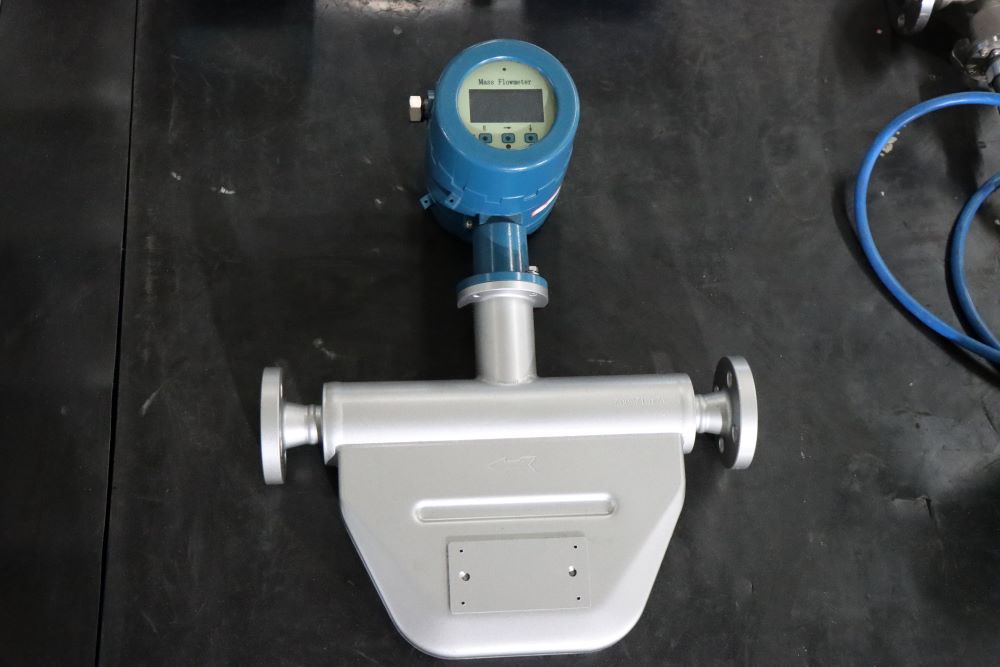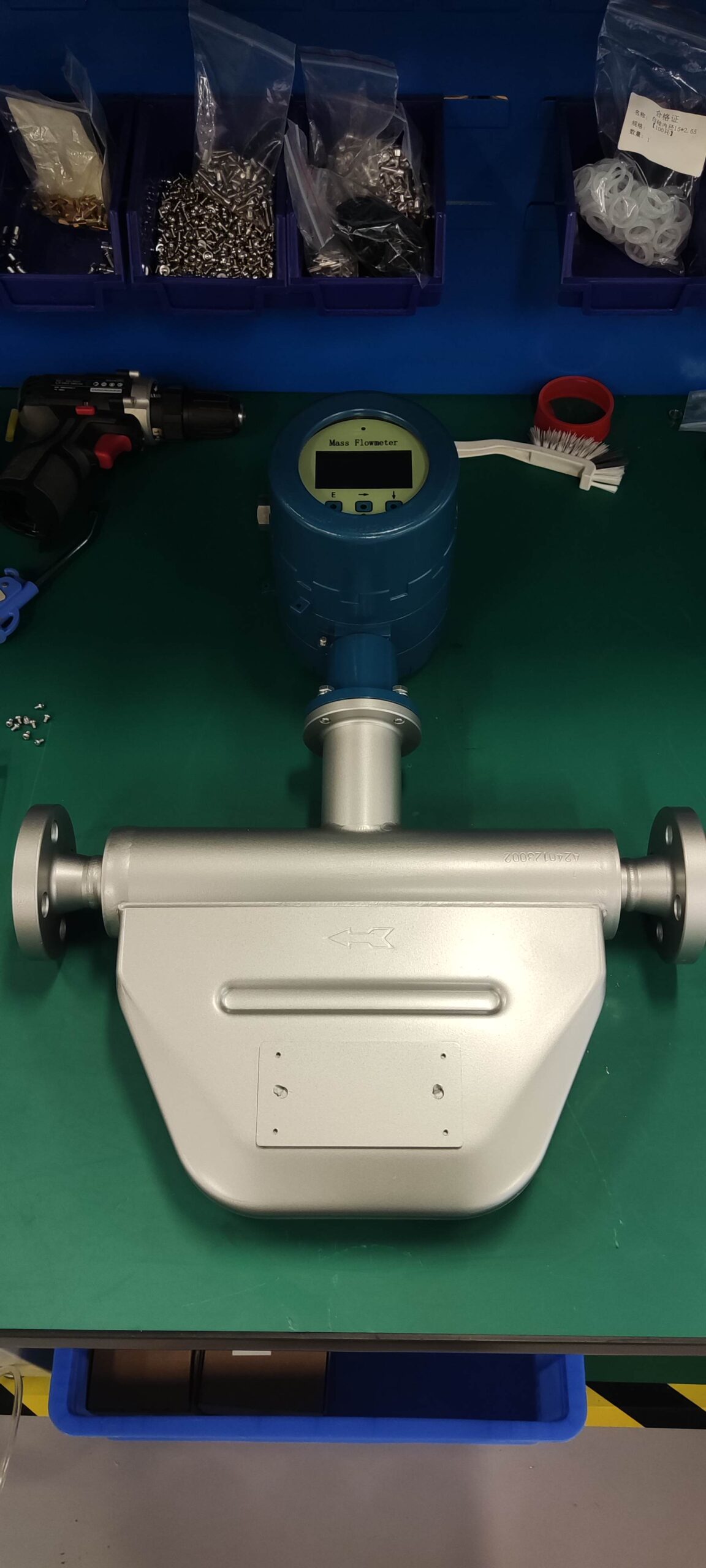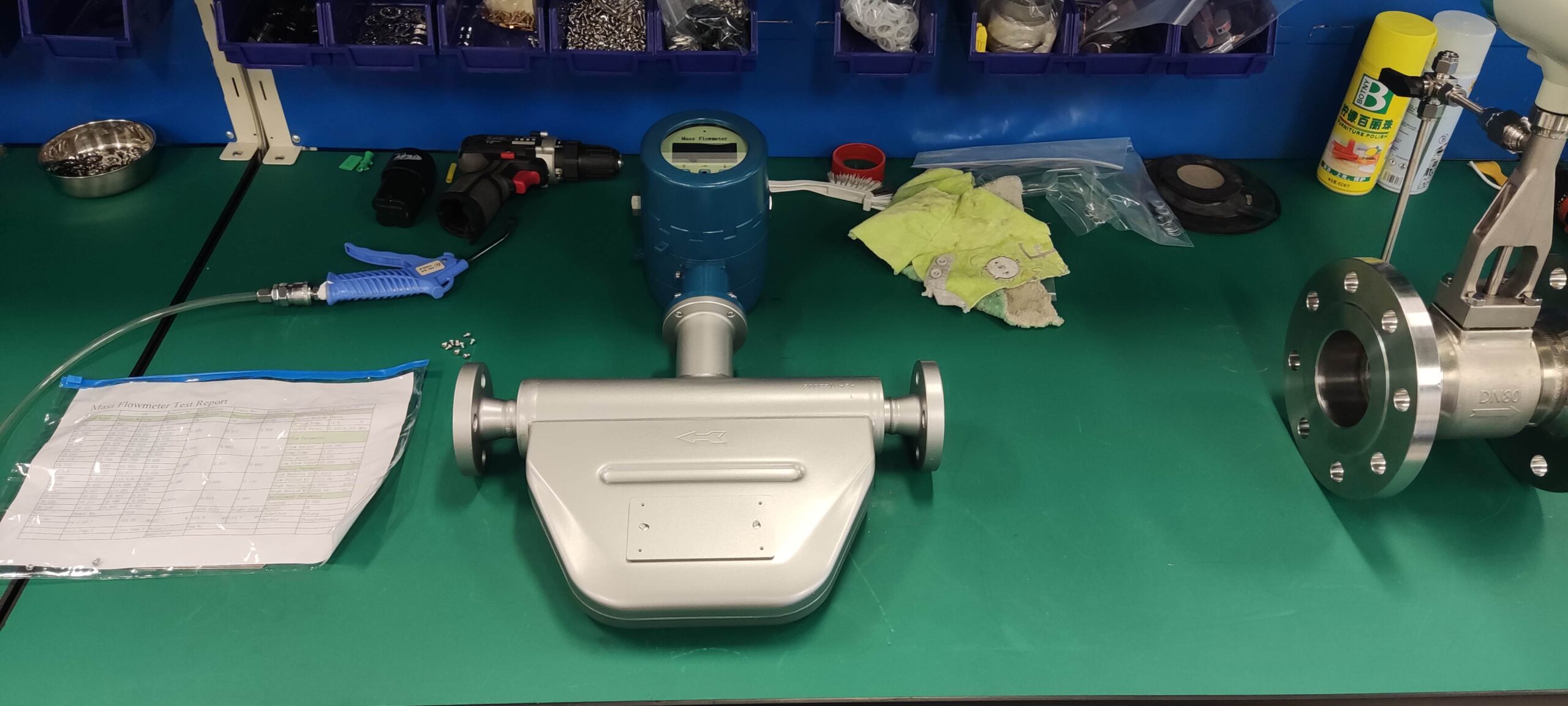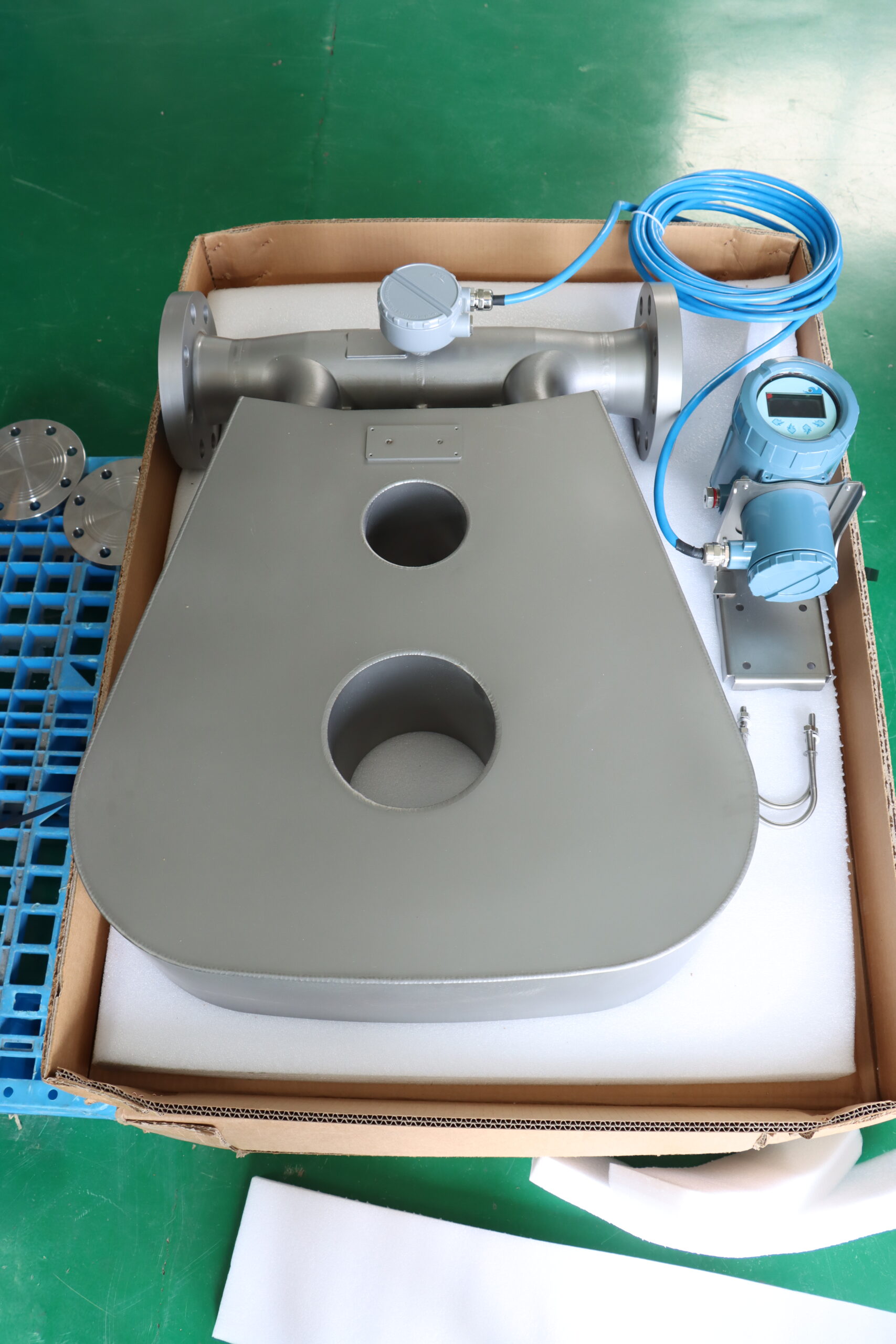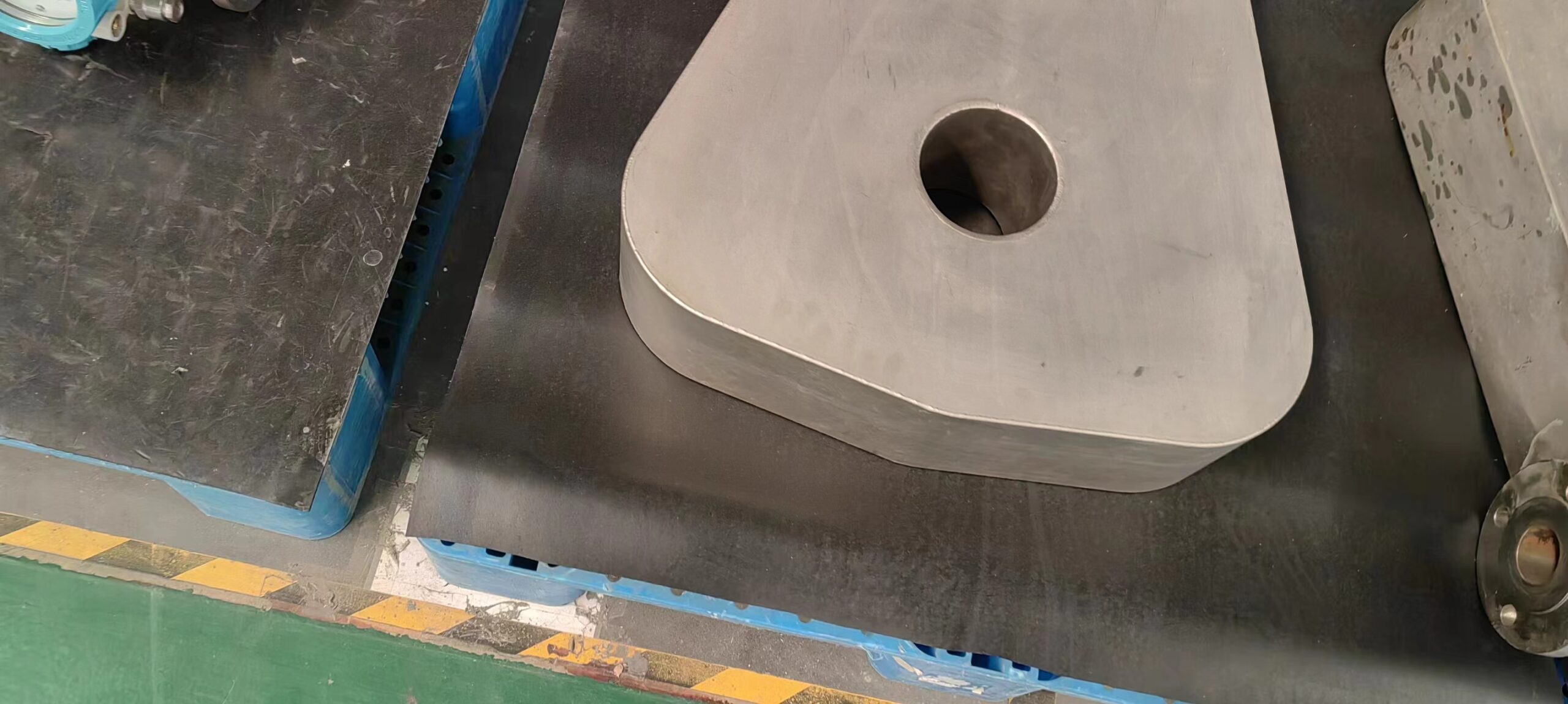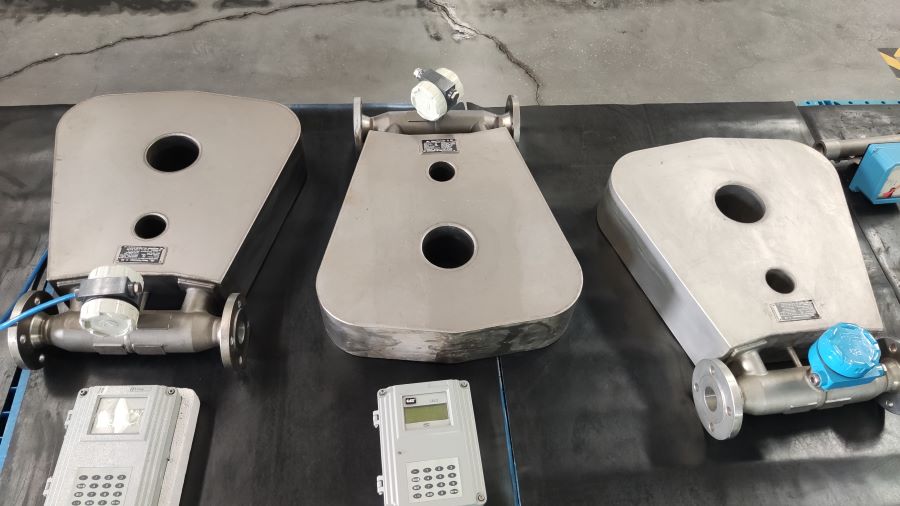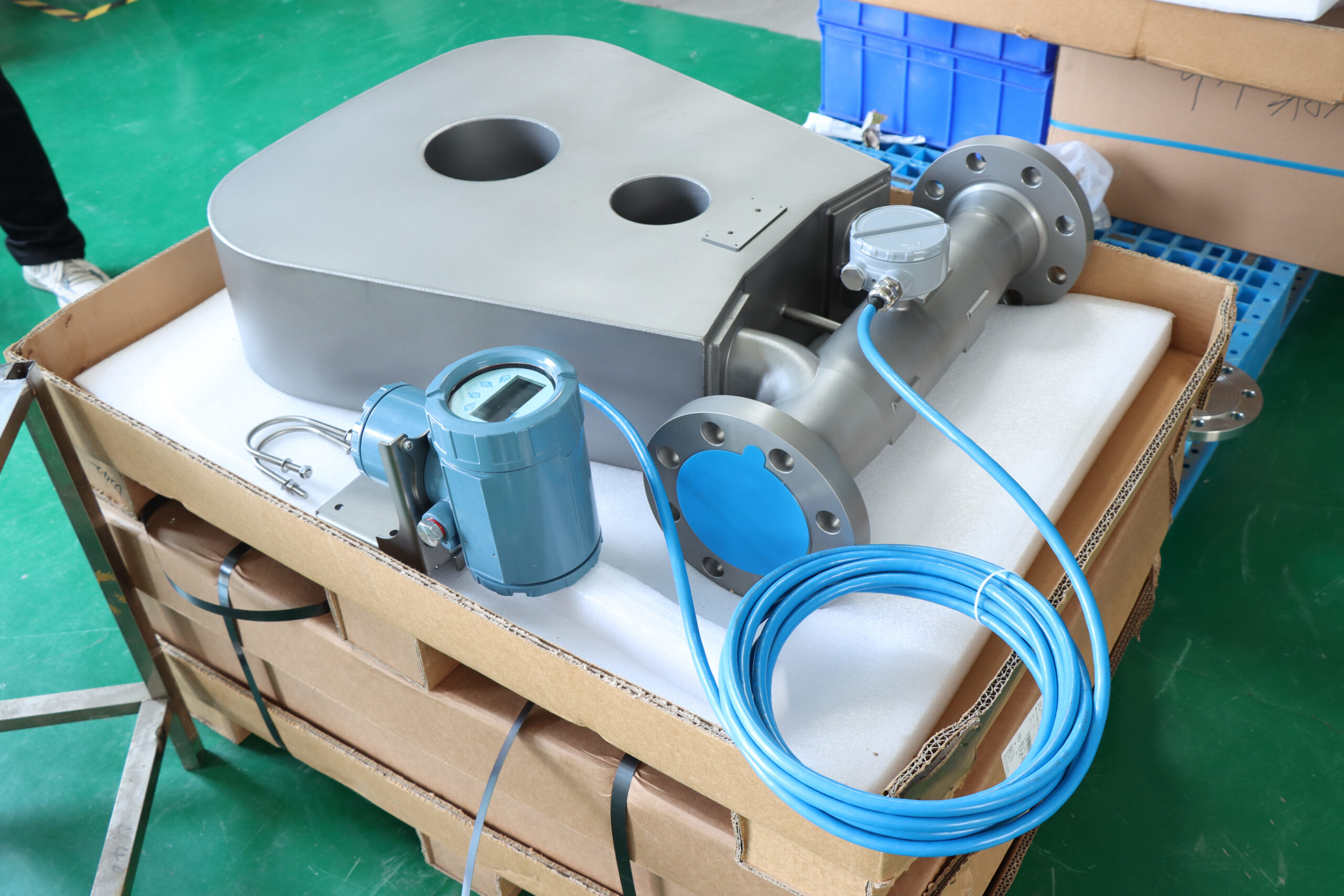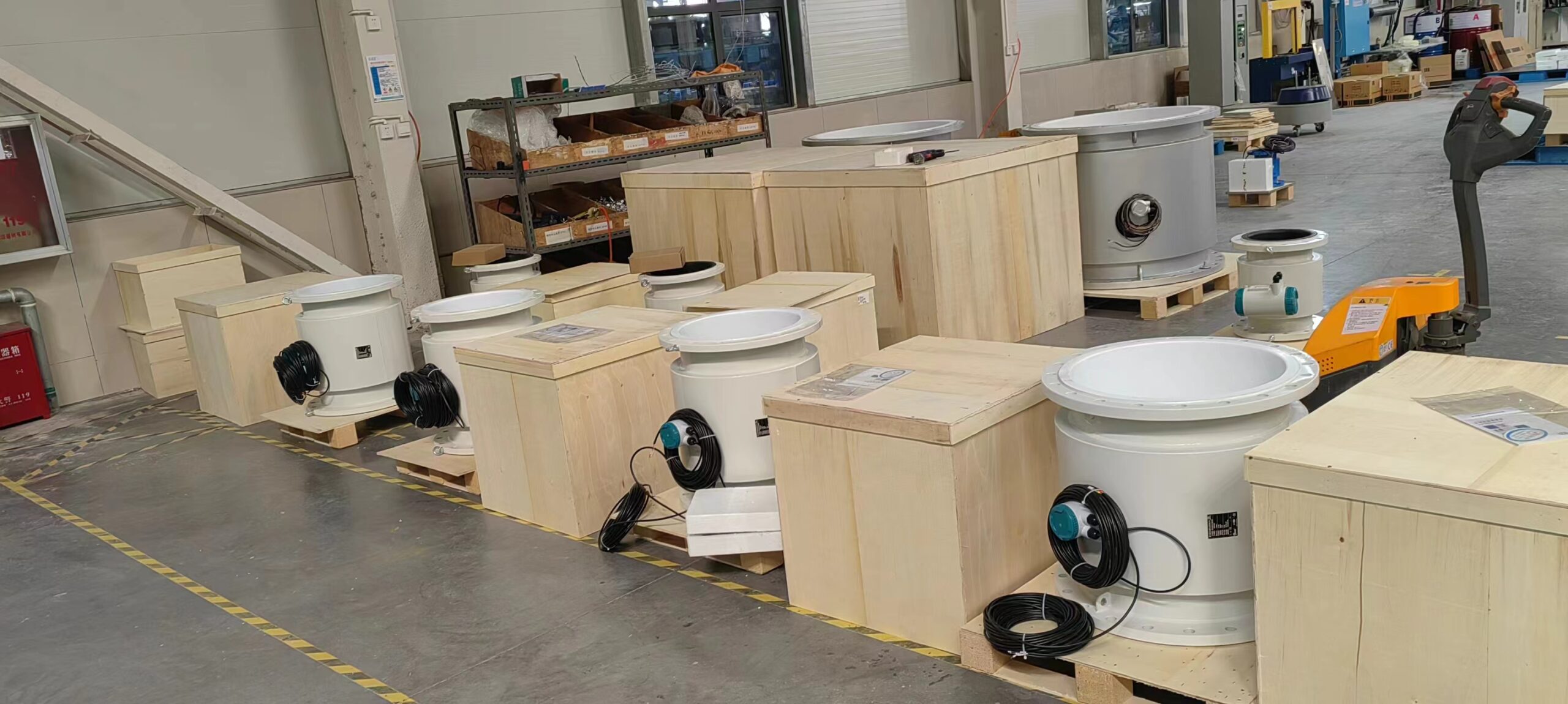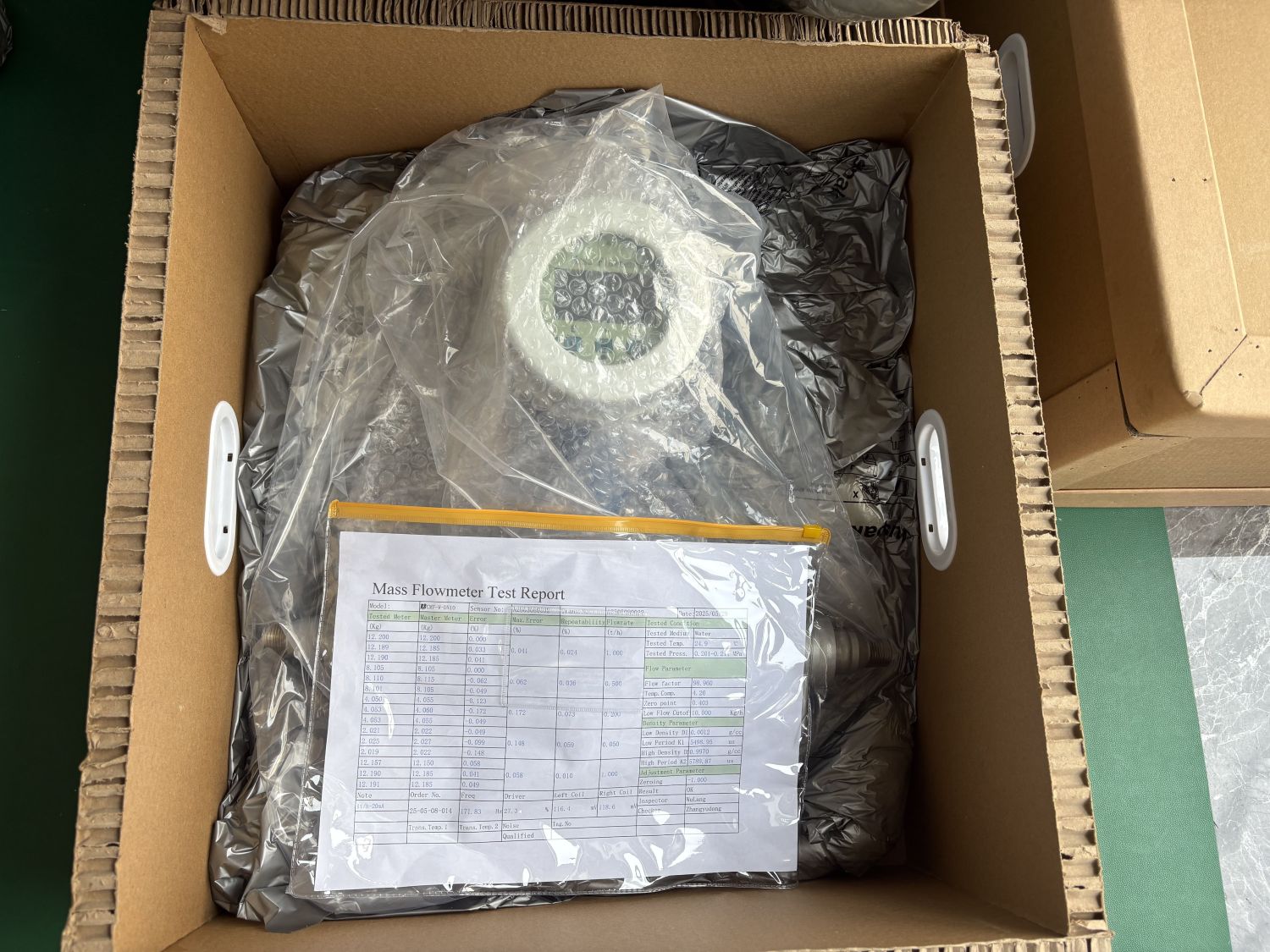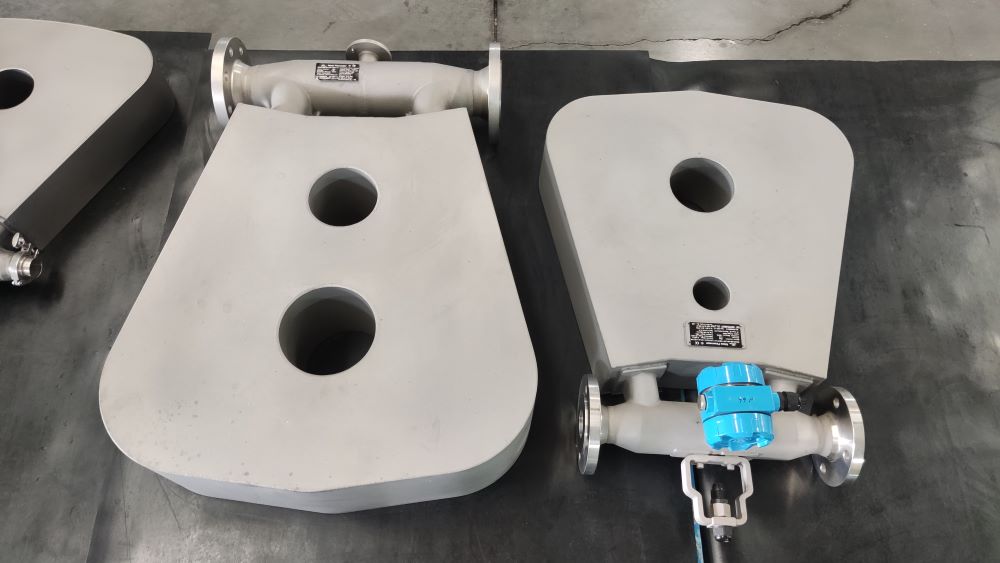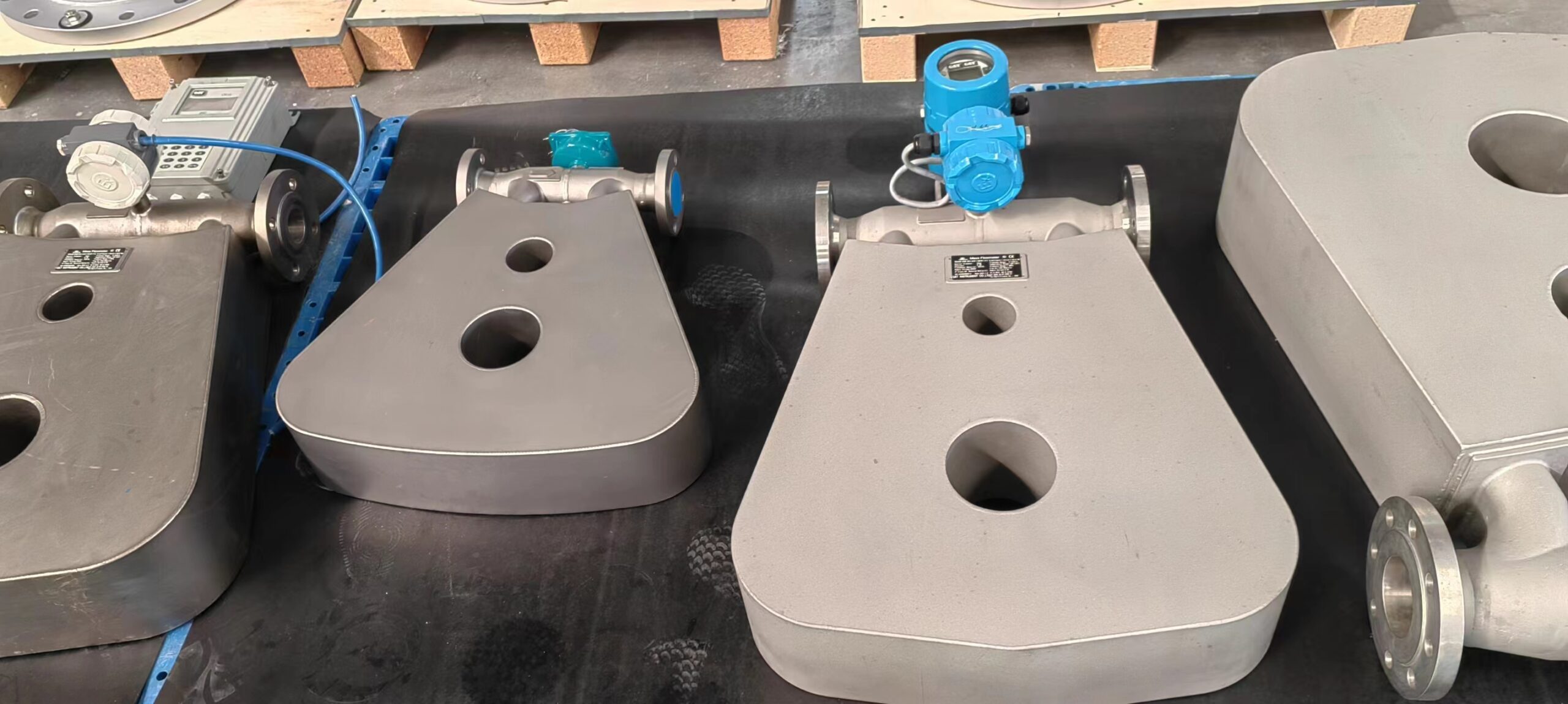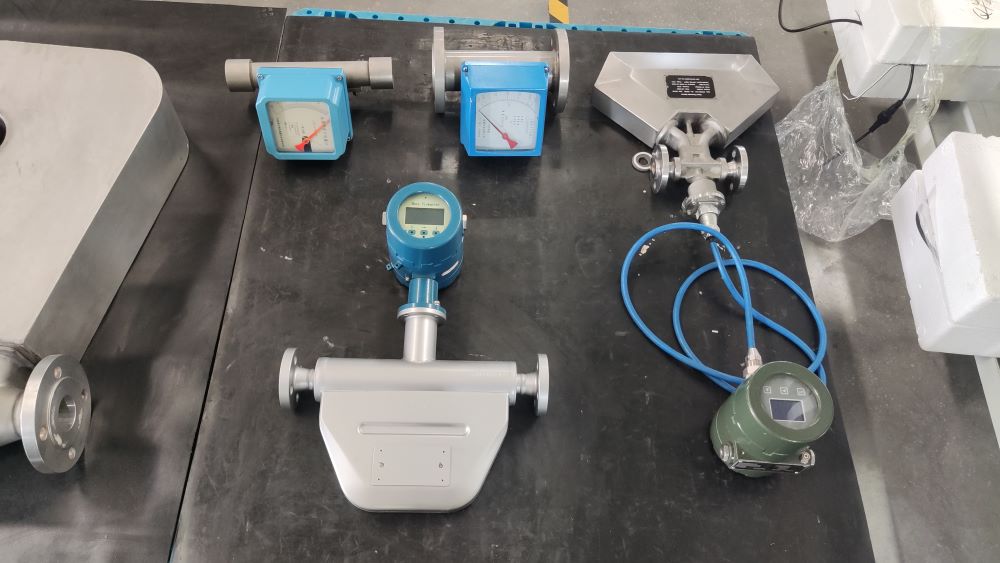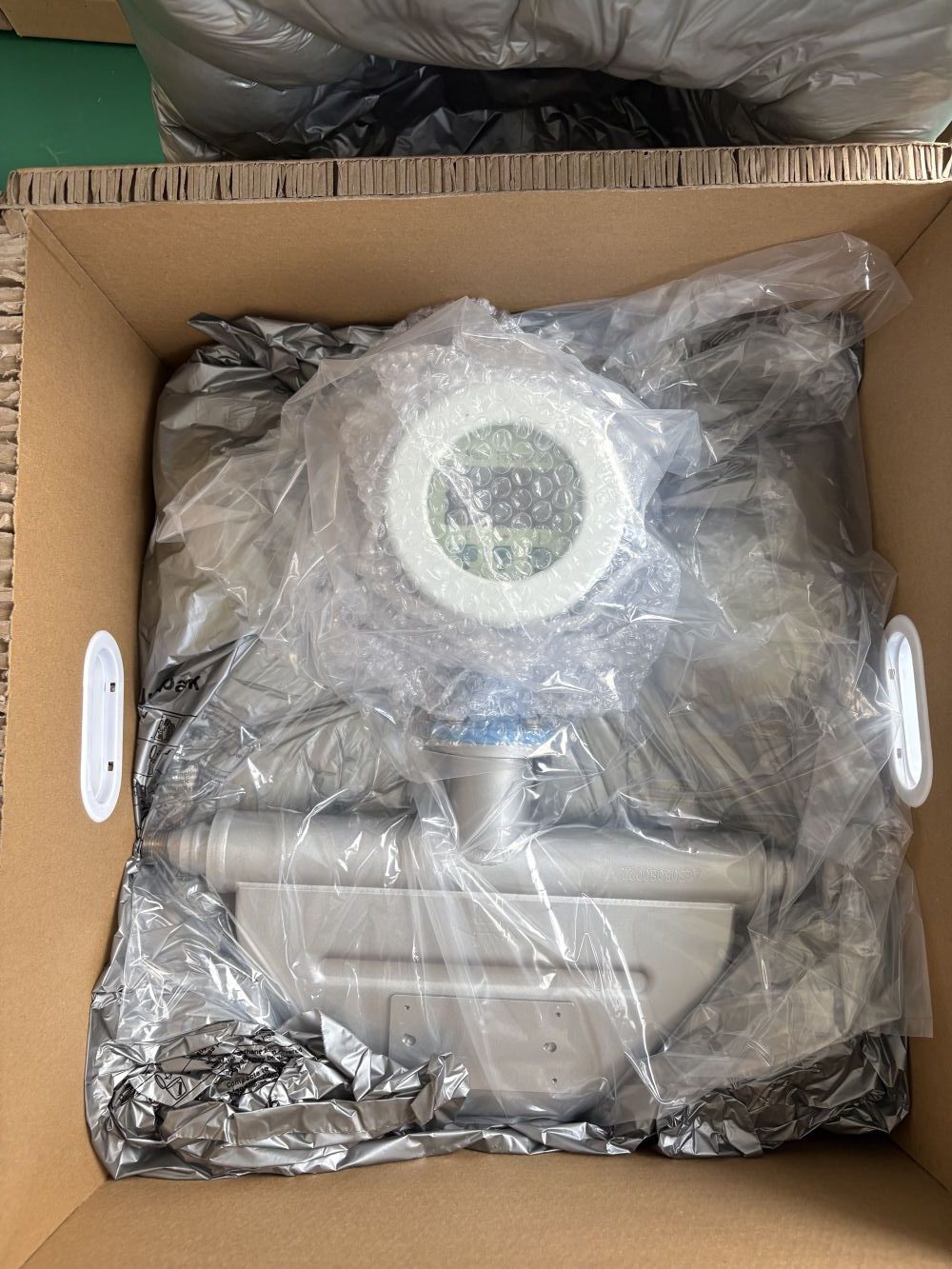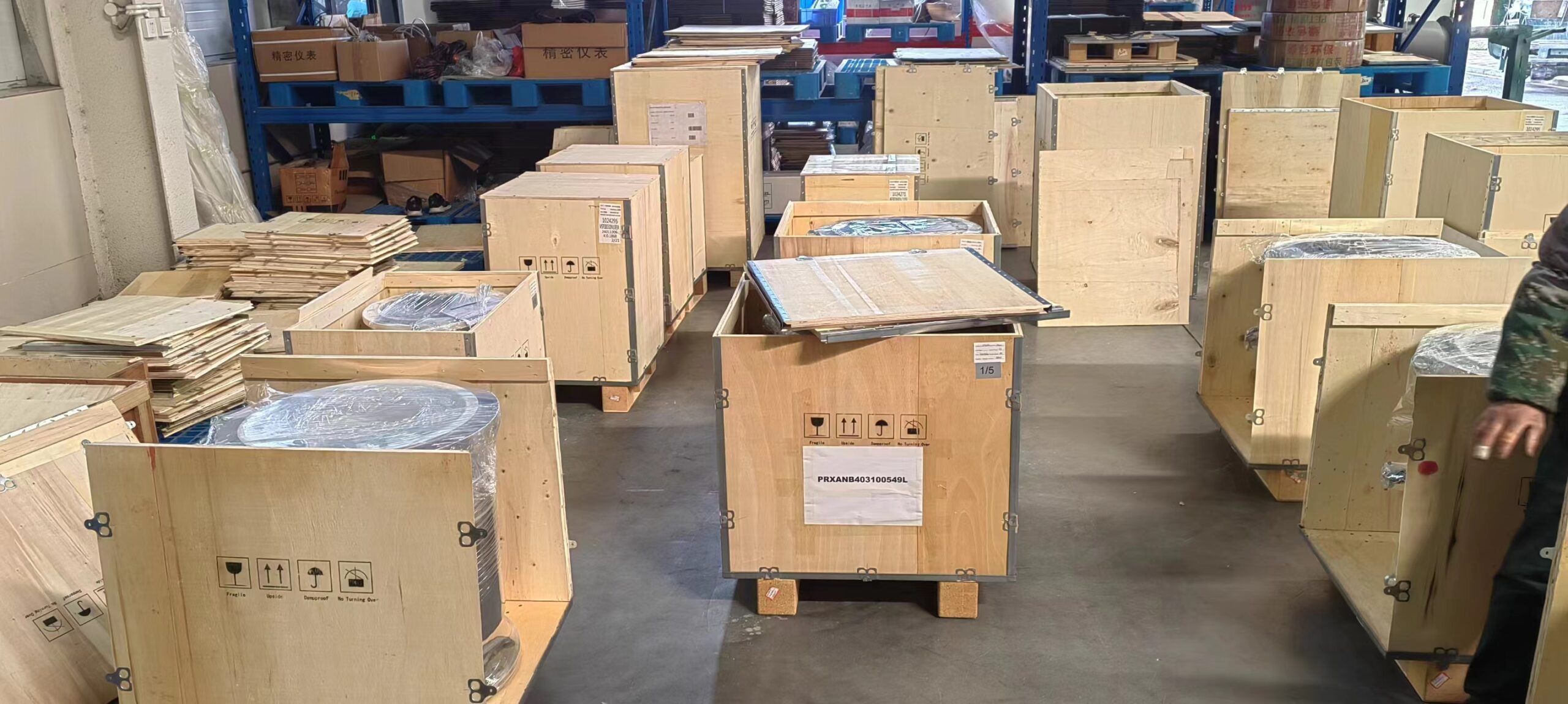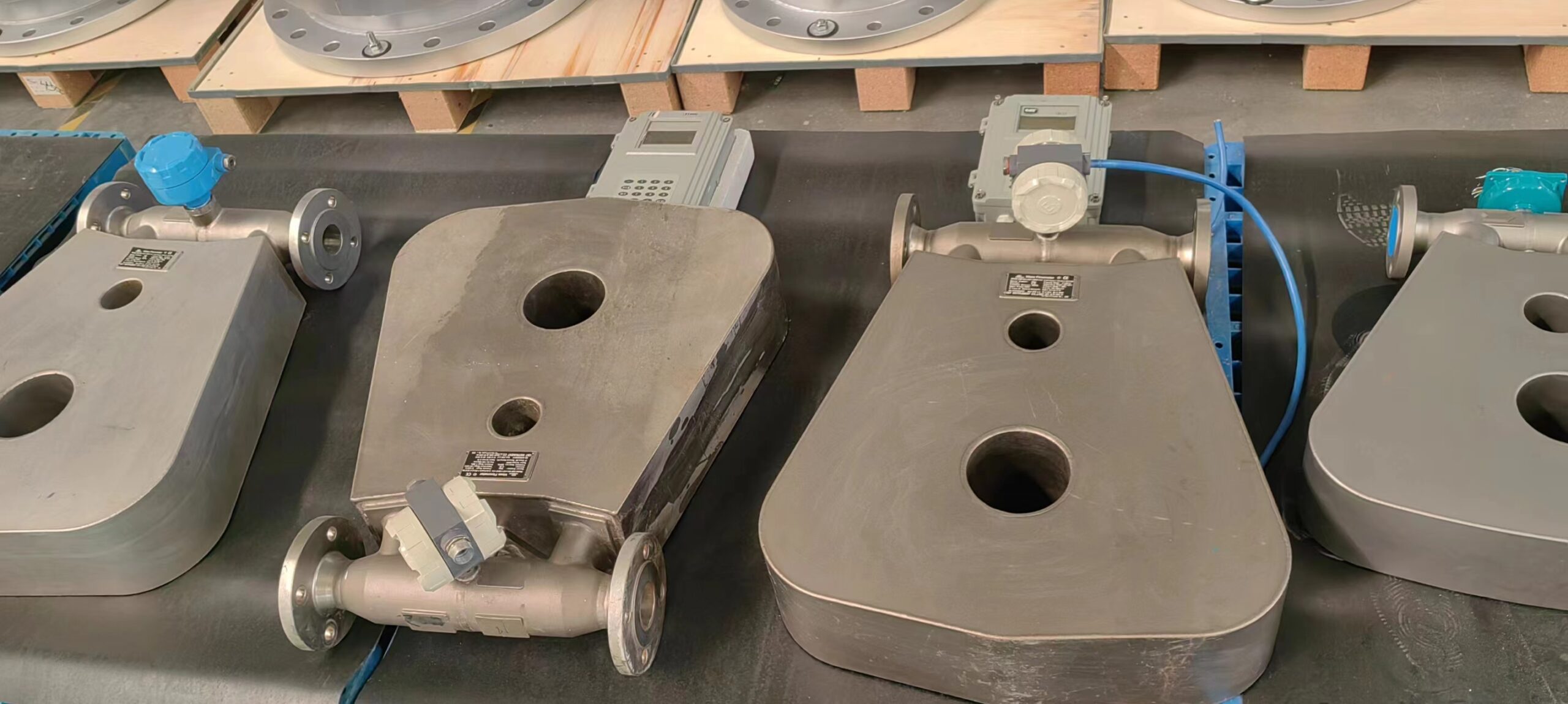Precautions for installation of mass flowmeter
First, mass flow meter installation points
1, the sensor and the large transmitter or motor should have at least 0.6m distance. Because the sensor works dependent on electromagnetic fields. Therefore, it is necessary to avoid installing the sensor near a large interfering electromagnetic field. In addition, the installation location should be carefully selected to avoid vibration.
2, the installation position of the sensor when measuring liquid should be able to keep the liquid full tube, so as to reduce the impact of density changes on the measurement accuracy. When the process pipe needs to be cleaned, the installation position should be able to hold the liquid to be emptied. To avoid the accumulation of gas inside the sensor, avoid installing the sensor at a higher level of the piping system.
3, the installation position of the measurement of gas is not to collect liquid inside the sensor, should avoid installation at the low point of the pipeline.
4. Installation direction
The requirements of the process and the position of the arranged process pipes determine the orientation of most sensors.
Although the installation Angle of the sensor does not affect the flow meter operation, the following recommendations should be considered as far as possible:
1) When measuring liquid. The sensor housing should be mounted downward to avoid air concentration in the flow tube:
2) When measuring gas. The sensor housing should be mounted upward to avoid condensation in the flow pipe:
3) When measuring liquid slurry, the sensor should be installed vertically, like a flag, to avoid particles accumulating in the flow tube. The process medium should flow from the bottom up to avoid the jet pipe.
5, flow direction No matter what kind of flow direction, the sensor can accurately measure the flow. Generally, arrows are used on the sensor to indicate the normal flow direction of the fluid.
6, the valve is easy to zero the flow meter. A stop valve should be installed downstream of the sensor. In order to facilitate batch operation, the sensor and stop valve should be as close as possible to the receiving container. No hose should be installed between the sensor and the stop valve to avoid batch errors caused by expansion or compression. In addition, a regulator can be installed downstream to prevent vaporization or evacuation of the medium.
7. Gas-liquid two-phase flow such as process media produces gas-liquid two-phase flow. The sensor housing should be mounted facing down. Or mounted on a vertical pipe. This installation method can avoid the accumulation of gas in the medium in the flow pipe.
8. Loading and unloading metering In loading and unloading metering applications, the sensor housing should be mounted upward or vertically. A check valve should be installed downstream of the sensor to prevent media backflow. The check valve should be installed as close to the sensor as possible. In some cases, the process medium cannot be excluded from the pipeline, and flag installation is generally recommended.
When loading or unloading applications, try to follow the following driving steps:
1. Install stop valves upstream and downstream of the sensor:
2, close the upstream valve:
3, open part of the downstream valve:
4, slowly open the upstream valve to discharge air and use the medium to fill the sensor:
5, when the flow system begins to measure, slowly open the downstream valve until all open.

